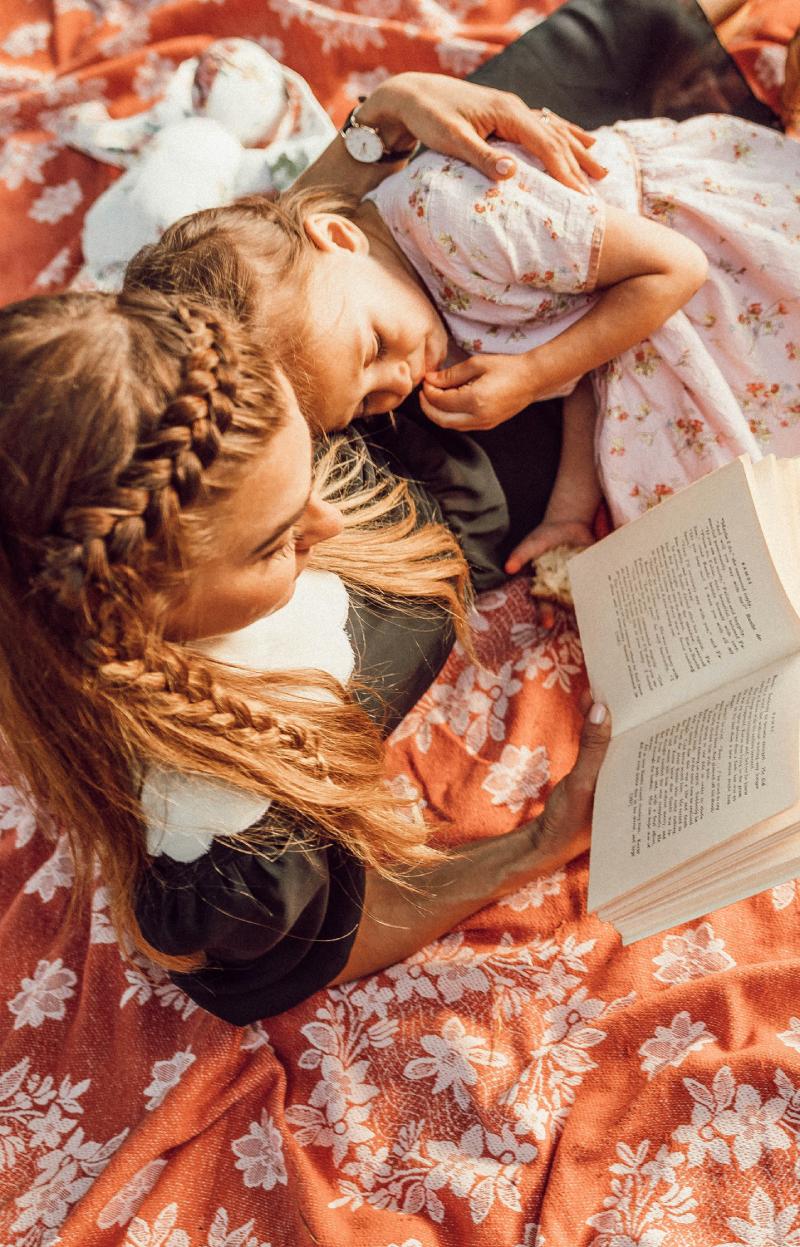Breaking the Spell: Rethinking Beauty & Empowering Women in Fairy Tale Narratives

In the enchanting realm of childhood, fairy tales have long been cherished as gateways to imagination, imparting moral lessons and shaping young minds. However, a critical re-examination reveals a troubling trend that permeates these timeless stories, particularly in the portrayal of women within the Western fairy tale tradition.
At the forefront of many Western fairy tales are iconic female characters like Cinderella, Sleeping Beauty, and Red Riding Hood, each representing extremes with vastly different outcomes. The dichotomy between virtuous heroines and malevolent witches or stepmothers is stark, often culminating in the former being rescued by a handsome prince while the latter meets a grim fate.
This dichotomy is reinforced by a focus on physical appearance, where beauty and goodness become prerequisites for a happily ever after. However, the intricacies of Western fairy tales go beyond the surface. These narratives often reflect historical and societal norms, perpetuating gender roles that were prevalent during the times they were written.
In many classic tales, women are relegated to passive roles, awaiting rescue or validation from male counterparts. This echoes the traditional gender expectations prevalent in Western societies, where women were historically confined to domestic roles and dependent on men for societal approval.
Moreover, the beauty-centric standards set by Western fairy tales can be seen as reflective of societal ideals prevalent in Western cultures. The emphasis on a woman’s physical appearance as a determining factor for her worth perpetuates harmful stereotypes. Cinderella, for instance, not only symbolizes goodness but also conforms to stereotypical standards of beauty. Her stepsisters, on the other hand, are depicted as less attractive and ultimately pay the price for their physical shortcomings.
This narrative choice sends a message to young audiences that a woman’s moral character is inherently linked to her physical features, reinforcing harmful and unrealistic ideals.

Reimagining Fairy Tales for the Modern Era
Reimagining fairy tales for the modern era involves breaking away from these superficial judgments. Presenting characters with a broader spectrum of appearances and emphasizing their inner qualities, intelligence, resilience, and kindness, rather than focusing solely on external beauty, can reshape the narrative.
This shift not only promotes a healthier understanding of self-worth but also challenges the ingrained biases associated with looks. One approach to modernizing fairy tales is to showcase characters of different body types, ethnicities, and abilities, sending a powerful message that beauty comes in various forms.
Emphasizing inner qualities such as intelligence, resilience, and kindness over external beauty can reshape the narrative and provide a more balanced perspective on what makes a person worthy. Furthermore, addressing the portrayal of aging in fairy tales is crucial. Rather than depicting elderly women as witches or antagonists, storytellers can showcase the wisdom, strength, and beauty that can come with age.
By challenging the negative stereotypes associated with aging, creators can contribute to a more inclusive and empowering representation of women across different stages of life. As fairy tales continue to be adapted into various media, including film and television, creators can redefine beauty norms and challenge traditional gender roles.
By also featuring diverse female characters with unique strengths and flaws, storytellers can inspire a more nuanced understanding of women. This not only encourages young audiences to value character over appearance but also fosters a greater acceptance of the diversity of women’s experiences.
Shattering the Glass Slipper
Reimagining fairy tales for the modern era involves moving away from superficial judgments and embracing a more inclusive and empowering representation of women. Through diverse characters, emphasis on inner qualities, and challenging stereotypes associated with aging, storytellers can contribute to a cultural shift that encourages audiences to appreciate the richness and diversity of women’s stories. It’s time to shatter the glass slipper and rewrite the narrative, ensuring that every girl can find herself in the pages of a fairy tale, not confined by outdated expectations but empowered by the magic of her own uniqueness.




